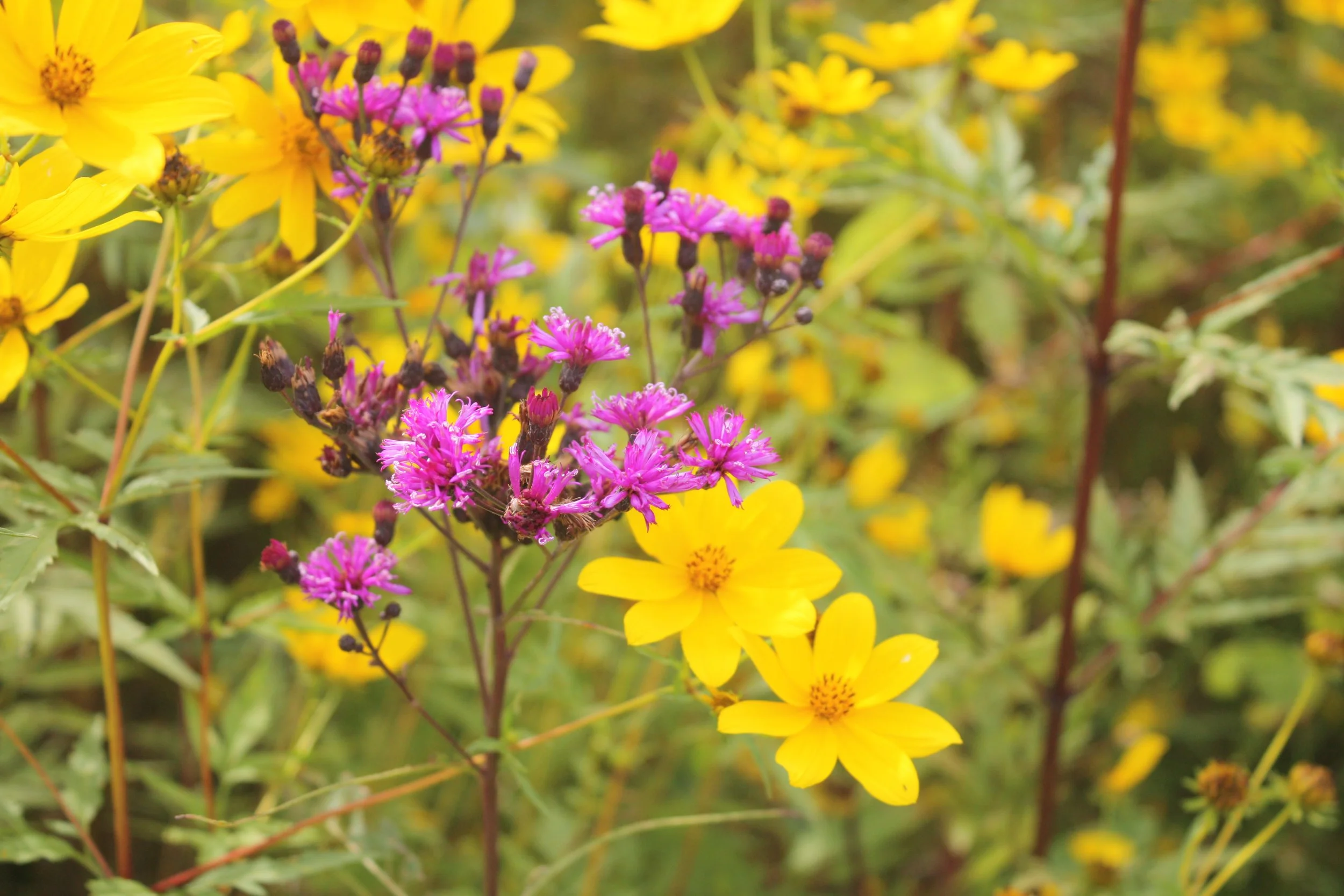To conserve something is to save or protect it. Natural resources include air, soil, water, forests, streams, wetlands, and wildlife: resource conservation involves safeguarding these things. On a local level, no agency plays a larger role in conservation efforts than the Lorain County Metro Parks. The park system holds more than 11,000 acres of land. As stewards of that land, the parks protect stream corridors, forests, fields, wetland habitats, and a wealth of wildlife.
Protecting land involves not only acquiring it but also managing it in a way that ensures its natural values remain intact. Parks are planned so that development (buildings, picnic areas, etc.) touches relatively little of the land base and none of the most valuable and sensitive habitats. A well-designed park confines development to relatively small, discreet areas and leaves most of the land in a natural state. Among the more sensitive habitats found in our parks are wetlands, riparian (streamside) areas, blocks of undisturbed forest, and areas that support rare species. The Metro Parks strives to acquire valuable habitats and protect them from harm once they’ve been acquired.
Conservation planning begins with developing park-specific Natural Resource Management Plans. Plans include inventory information (vegetative cover maps, bird and rare plant surveys, etc.) and specific recommendations for managing the site’s natural attributes. They also identify rare or sensitive habitats and suggest sites that might be suitable for development.
INVASIVE SPECIES
Plant species that grow wild in Ohio today but didn’t prior to European settlement are termed exotic, alien, or non-native. Exotics today comprise roughly one-quarter of all plant species found in Ohio. Many exotic plants favor disturbed sites- abandoned crop fields, roadsides, and the like. Those that confine themselves to such areas are innocuous. Others invade natural areas. Unchecked by competitors, predators, and disease, invasive plants can be overwhelming in their adopted homes. Controlling invasive plants is one of the primary tasks of the Metro Parks Conservation Department.
Noteworthy invasives include the beetles (Emerald Ash Borers) that have recently decimated our ash trees and on-coming threats to both Eastern Hemlock (Hemlock Woolly Adelgid and Elongate Hemlock Scale) and American Beech (likely a nematode). Monitoring and potentially treating these pests, and others sure to follow, is critical for conservation efforts.
STORMWATER MANAGEMENT
Stormwater management involves activities intended to maintain or improve the health of regional waterways. This rather broad definition encompasses a wide range of seemingly disparate activities, including land acquisition, wetland and streambank restoration, trail and septic system maintenance, culvert, and ditch cleaning, and the proper disposal of hazardous wastes. The park system’s goal in this process is to minimize any sediment or pollutant contributions being made to regional streams by parklands and to ensure that park activities promote the wise use of our aquatic resources.
Public education is an essential part of this process. In keeping with this, Lorain County Metro Parks offers various environmental programs and activities that engage the public in our efforts.
RESEARCH AND COLLECTING PERMITS
The Lorain County Metro Parks values and encourages research and other systematic efforts (such as scientific projects, surveys, and monitoring) that add to our knowledge of local species, ecological communities, and environmental processes. This knowledge is used to assist in decision-making related to management, conservation, and public programming. All research and collecting efforts require a permit issued by the Metro Parks each year. Visit the Research and Collecting Permits page for more information and to apply for a permit.

